Two-phase In-line Separator using axial-flow Swirling Generator CFD Simulation – ANSYS Fluent Training
Two-phase In-line Separator using axial-flow Swirling Generator CFD Simulation – ANSYS Fluent Training
- Upon ordering this product, you will be provided with a geometry file, a mesh file, and an in-depth Training Video that offers a step-by-step training on the simulation process.
- For any more inquiries regarding the product, please do not hesitate to reach out to us at info@CFDLAND.com or through our online support assistant.
€195.00 Original price was: €195.00.€135.00Current price is: €135.00.
Training
In-line separators separate substances, like liquids or solids, from a fluid stream as it flows through a pipeline. These separators are frequently employed in a wide range of industrial processes and applications to effectively eliminate contaminants or unwanted substances from a fluid stream. The axial-flow swirl generator is a specialized component commonly used in in-line oil separators to improve their efficiency in separating oil from the water stream.
The present project has tried to eliminate the oil phase from the water phase inside an in-line separator with the help of an axial-flow swirl generator. To consider correct and proper assumptions, the reference paper entitled “Performance Characteristics of In-Line Oil Separator with Various Airfoil Vane Configurations of the Axial-Flow Swirl Generator” is selected as the reference, so most of the parameters are taken from it.
- Referennce [1]: Je, Yeong-Wan, Jong-Chul Lee, and Youn-Jea Kim. “Performance characteristics of in-line oil separator with various airfoil vane configurations of the axial-flow swirl generator.” Processes5 (2022): 948.
Simulation Process
One of the most significant challenges of the present project is the complex geometry, which is tackled using Solidworks software. It requires endeavour and hard work to design the generator’s blades properly. Then, it is imported into Spaceclaim software to combine with the in-line separator and produce the final geometry. Figure 1 shows the computational domain. Then, the model is divided into poly-hexacore elements in Fluent Meshing software. In total, 3310421 cells are generated with admissible quality. Figure 2 depicts the cells around the swirling generator.
Figure 1- Geometry of in-line separator and swirling generator created by Solidworks and ANSYS Spaceclaim
Then, the model is divided into poly-hexacore elements in Fluent Meshing software. In total, 3310421 cells are generated with admissible quality. Figure 2 depicts the cells around the swirling generator.
Figure 2- Poly-hexacore elements around the swirling generator
Based on the reference paper, Reynolds Stress Model (RSM) is used to solve turbulence effects. It is one of the comprehensive models provided in Ansys Fluent, which considers 7 equations. More importantly, two phases are modeled using the Eulerian Multiphase module. Note that the usage of the correct drag law model and accurate surface tension is of the essence. Water is the primary phase, and oil is the secondary one.
Post-processing
Complex flow patterns and phase separation methods are revealed by the two-phase in-line separator’s computational fluid dynamics (CFD) research. With tangential velocities as high as 2.5 m/s, the streamline visualization shows how well the axial-flow swirl generator produces a strong helical flow pattern. The efficacy of phase separation depends on the strong centrifugal forces produced by this induced swirling motion, which are around three to four times stronger than gravity forces. The turbulent kinetic energy distribution and intricate secondary flows are captured by the Reynolds Stress Model (RSM) turbulence modeling, especially in the wake zone of the swirl generating blades. According to the flow structure analysis, an effective separation process is achieved by optimizing the blade geometry and angle of attack to enhance tangential momentum transfer while reducing pressure losses.
Figure 3-Oil Velocity Streamline
The volume fraction contours, which display clear phase stratification patterns, offer quantitative proof of the separation effectiveness. While the lighter oil phase (ρ = 900 kg/m³) accumulates in the the center region with volume fractions above 0.85, the water phase, which has a higher density (ρ ≈ 998 kg/m³), experiences larger centrifugal forces and concentrates along the separator walls. The interface dynamics between the two phases, including surface tension effects and phase interaction forces, are captured by the Eulerian multiphase simulation. The equilibrium between centrifugal forces and turbulent dispersion is demonstrated by the radial distribution of phases, with the separation efficiency being especially sensitive to the swirl intensity and inlet flow conditions. This analysis offers useful information for improving in-line separator designs for a range of industrial uses, such as wastewater treatment systems and oil-water separation in petroleum refining.
Figure 4- Volume fraction of a) water b) oil phase
We pride ourselves on presenting unique products at CFDLAND. We stand out for our scientific rigor and validity. Our products are not based on guesswork or theoretical assumptions like many others. Instead, most of our products are validated using experimental or numerical data from valued scientific journals. Even if direct validation isn’t possible, we build our models and assumptions on the latest research, typically using reference articles to approximate reality.
Yes, we’ll be here . If you have trouble loading files, having technical problems, or have any questions about how to use our products, our technical support team is here to help.
You can load geometry and mesh files, as well as case and data files, using any version of ANSYS Fluent.
€220.00 Original price was: €220.00.€155.00Current price is: €155.00.

€145.00 Original price was: €145.00.€115.00Current price is: €115.00.

€265.00 Original price was: €265.00.€155.00Current price is: €155.00.

€195.00 Original price was: €195.00.€150.00Current price is: €150.00.

€245.00 Original price was: €245.00.€199.00Current price is: €199.00.

€330.00 Original price was: €330.00.€199.00Current price is: €199.00.


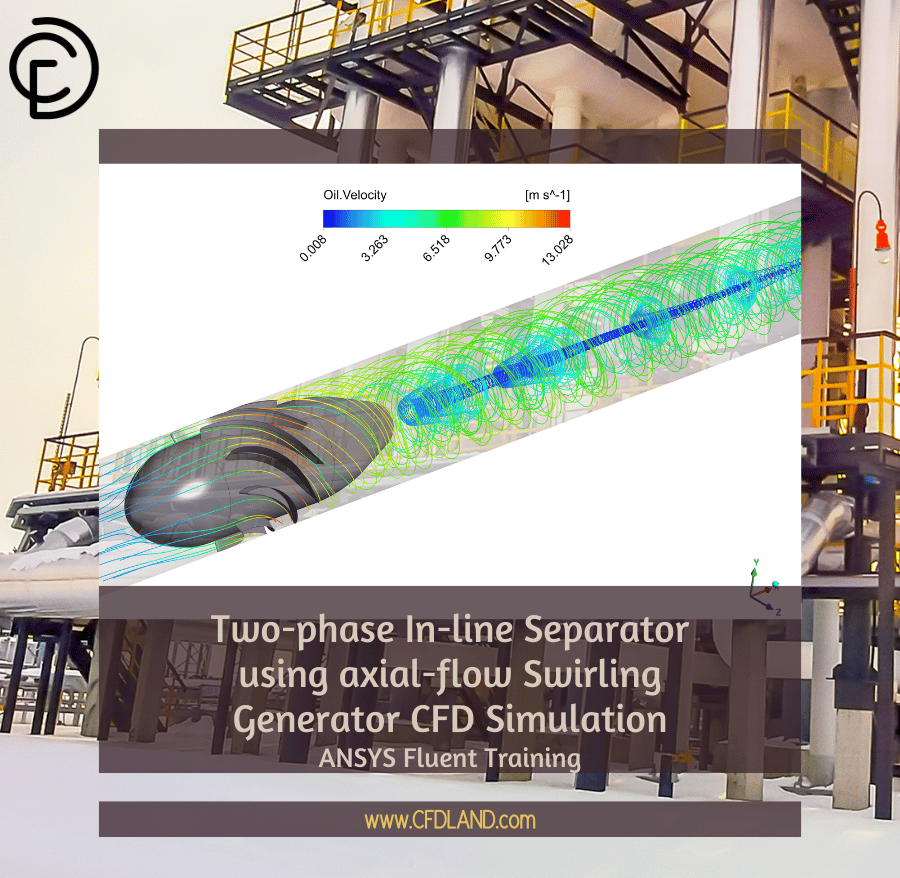



















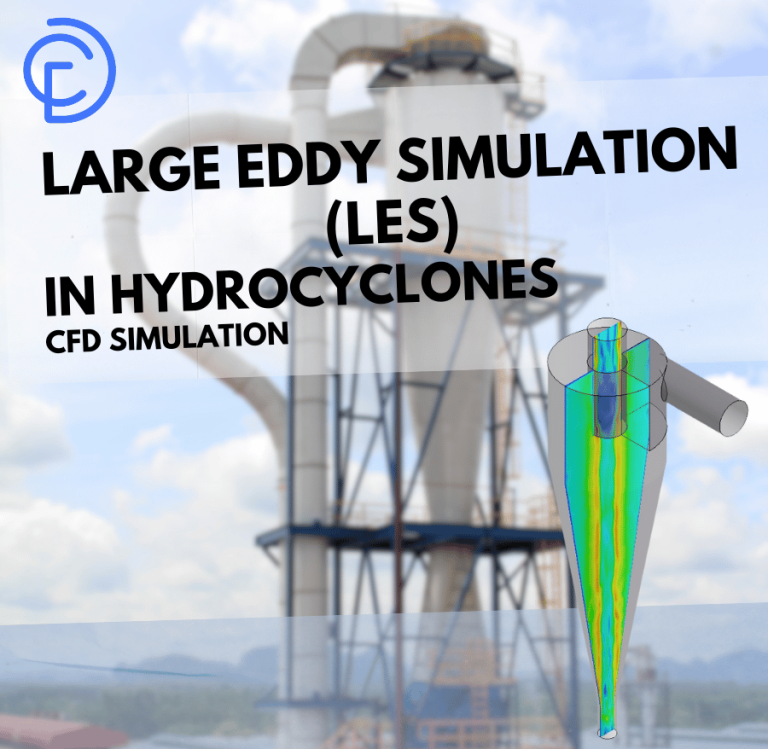
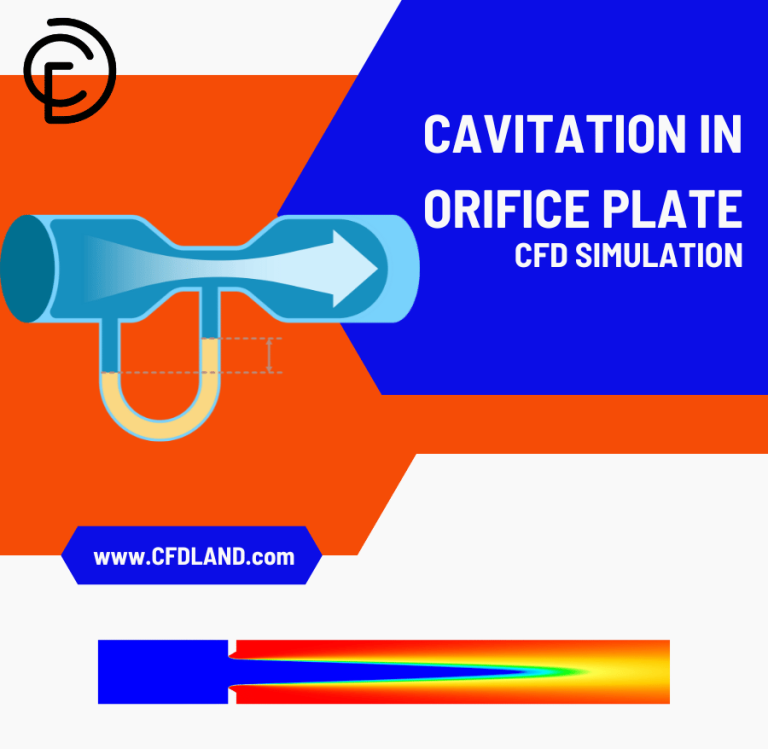
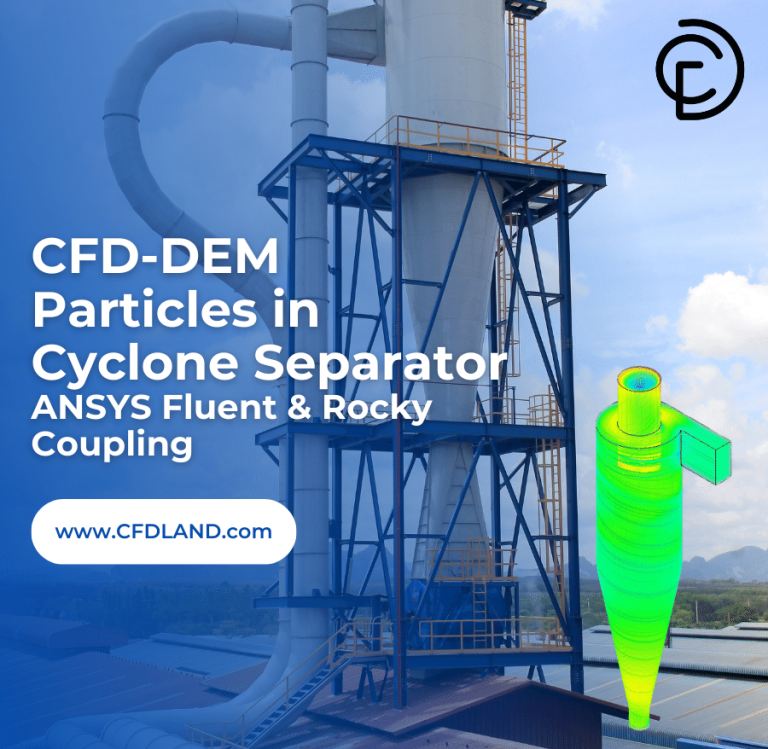
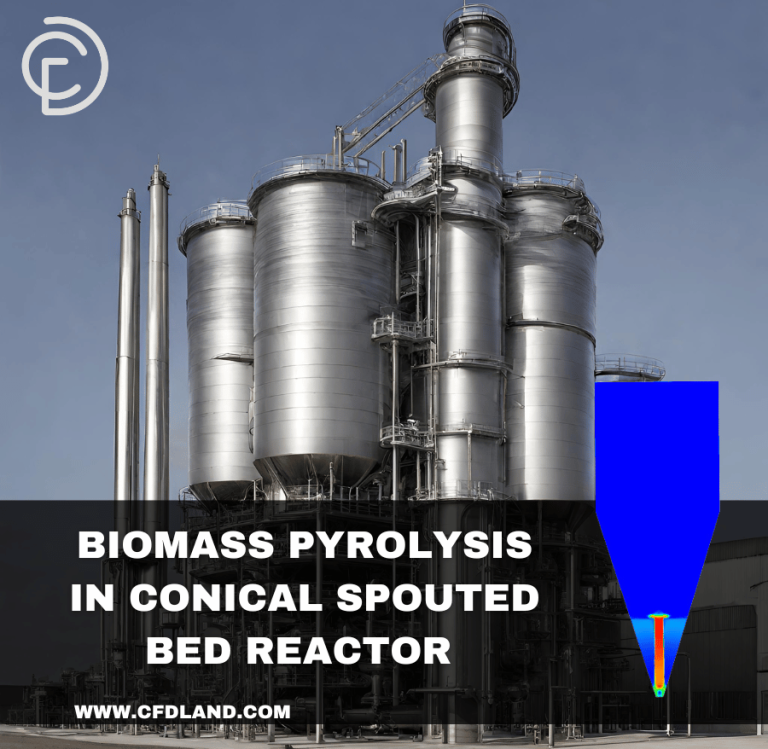
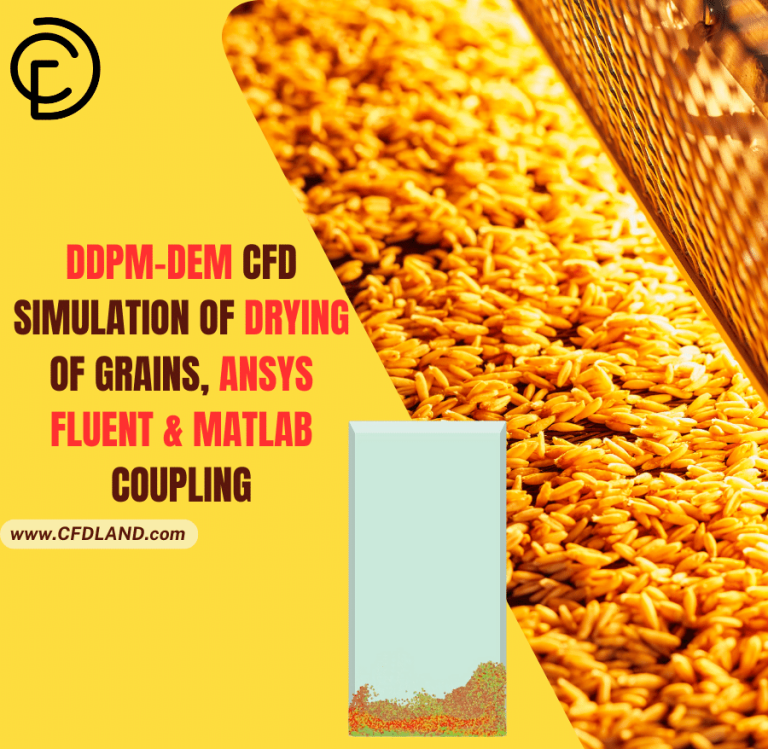
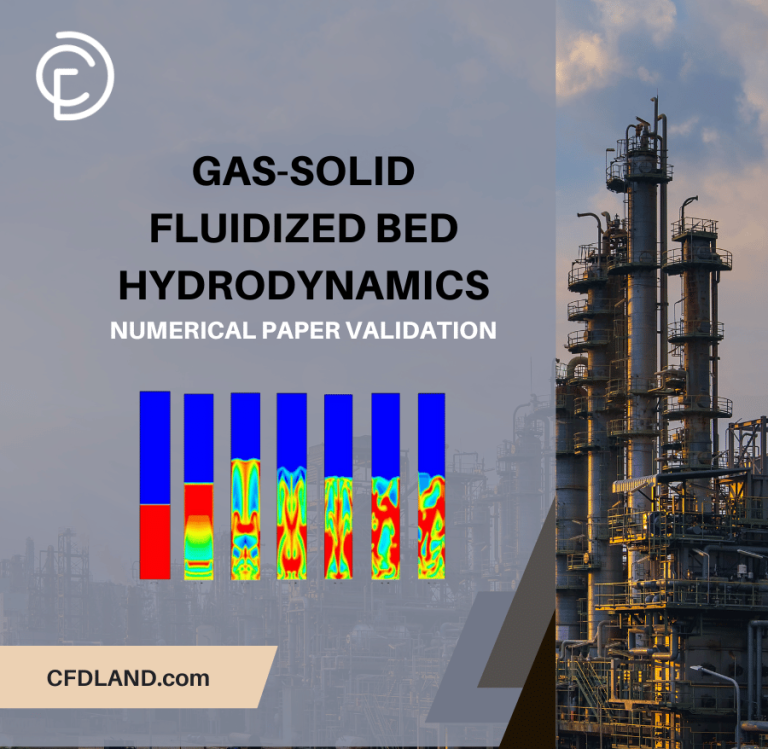
Reviews
There are no reviews yet.